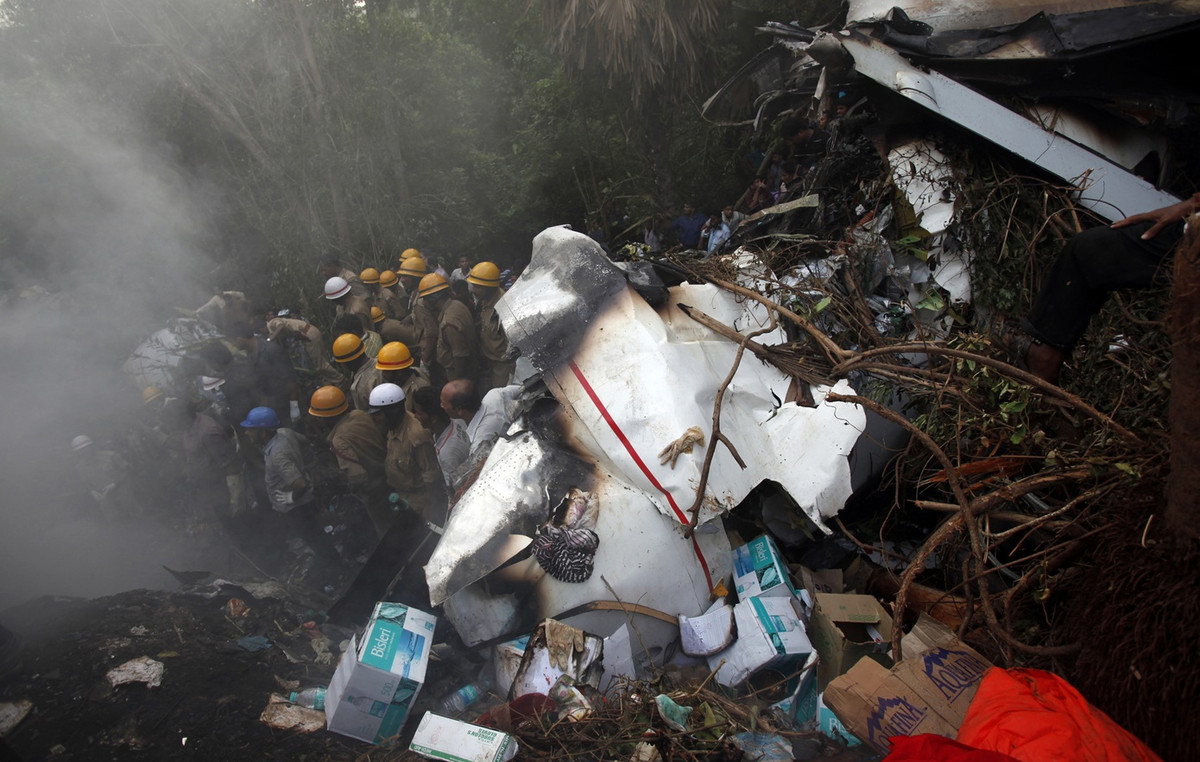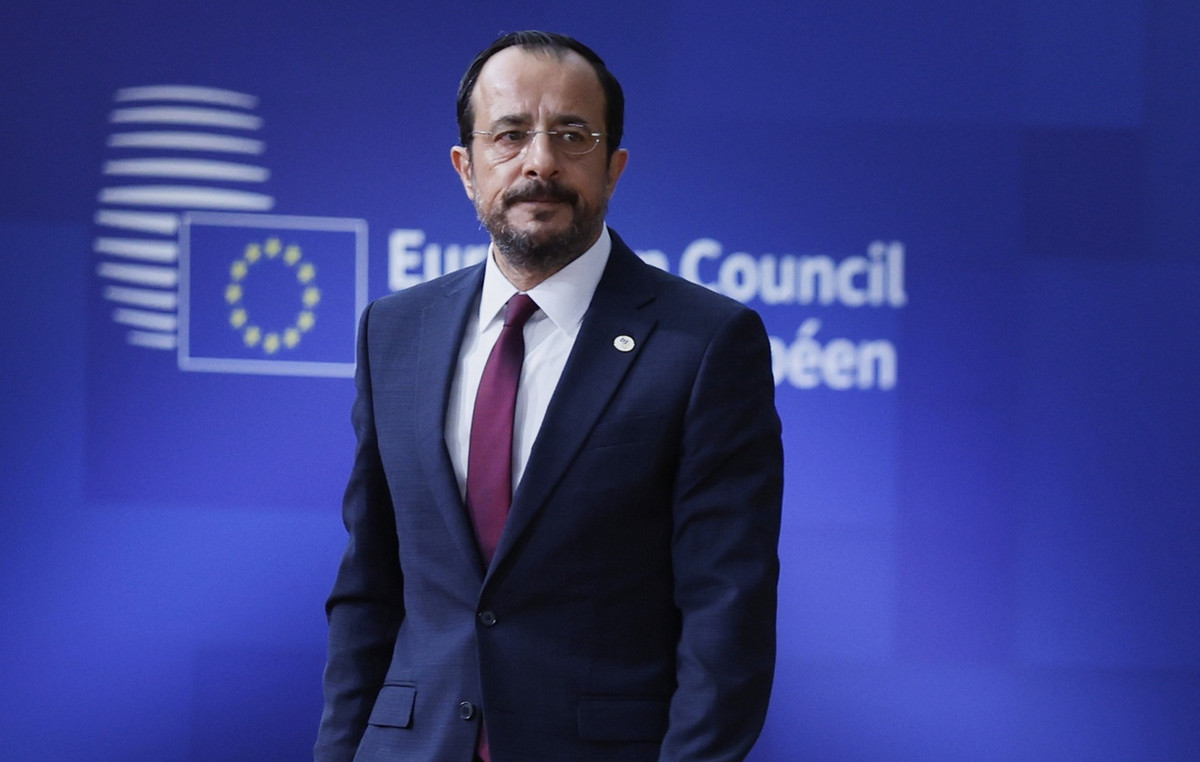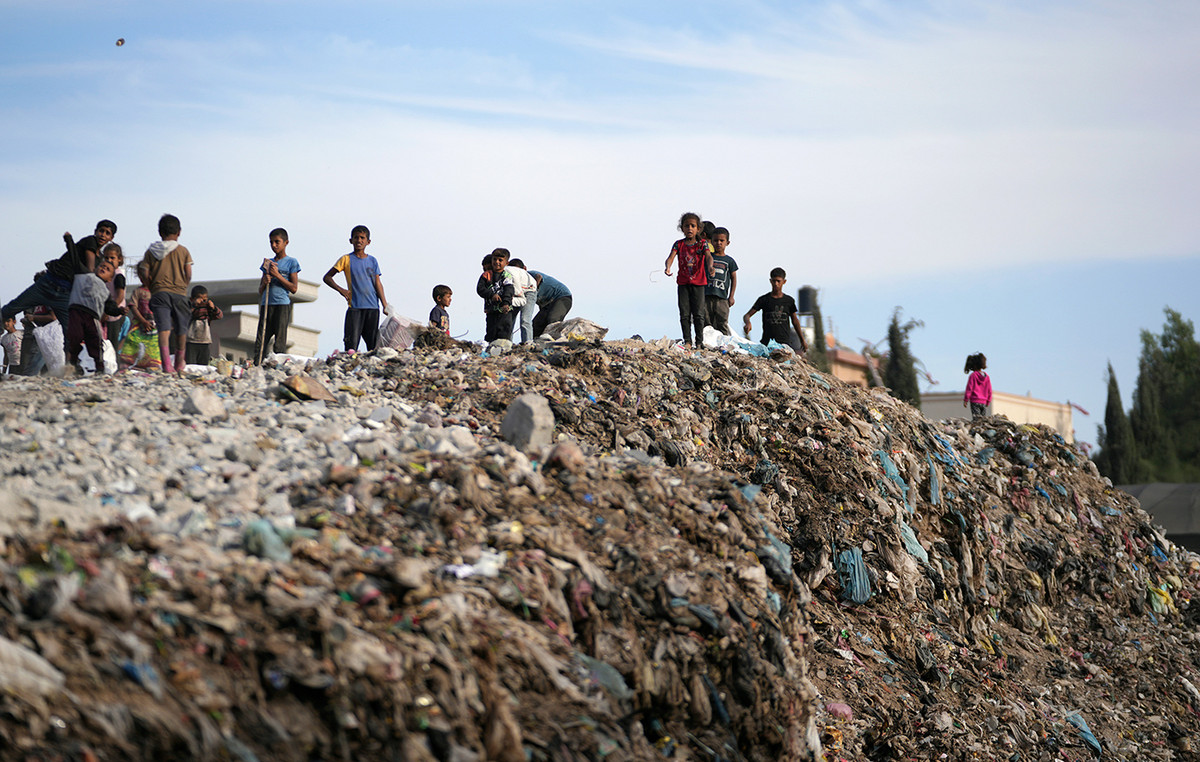The White House is not currently planning for a fourth emergency coronavirus response proposal as it focuses on implementing the unprecedented $2 trillion relief package passed last week, two senior administration officials told CNBC.
Since President Donald Trump signed the bill into law Friday, House Democrats have started to outline their priorities for another piece of legislation to combat rampant unemployment and a health-care system overwhelmed by COVID-19 patients. The president on Tuesday called for a $2 trillion plan to overhaul American infrastructure as the country recovers from the pandemic in the coming months.
Even so, the Trump administration has not yet started preparing for more emergency legislation. Asked what the White House is discussing for a fourth phase of the emergency response, a senior administration official said, “Nothing.”
“Right now there is only executing phase 3,” the official said. Under the biggest emergency spending package in U.S. history, the administration will oversee the distribution of $300 billion in direct payments to people, $350 billion in small business loans, and $500 billion in loans and grants to companies, states and municipalities, among other tasks.
A second senior administration official, who also said the White House is not currently working on another relief plan, cautioned that Trump will ultimately decide whether to move forward with a new bill. The official said, “we are focused on implementing phase 3, but no staffer can rule out plans for phase 4.”
A third officially added that “hopefully we won’t need” another plan, but acknowledged the White House may not know until the end of April if additional funding is necessary.
Lawmakers have approved three bills to try to blunt the damage from the outbreak ripping across the country: an $8.3 billion injection into health-care resources, a more than $100 billion plan to expand paid leave and make COVID-19 testing more affordable, and the third, most sprawling package to try to prevent economic calamity. While Treasury Secretary Steven Mnuchin has said the $2 trillion stimulus will backstop the U.S. economy for three months, he told CNBC on Wednesday that “we expect there will be more bills.”
“If we need more programs and more money, we will be going back to Congress and asking for that,” Mnuchin told CNBC’s “Squawk on the Street.” He said the administration has discussed infrastructure with Democrats for the last year and will “continue to have those conversations.”
Democrats have contended the $2 trillion package left gaps the government needs to address.
House Speaker Nancy Pelosi has called for more direct payments to Americans, additional funding for states fighting the pandemic, free coronavirus testing and treatment, and more generous paid medical and family leave during the crisis. She has also pushed for more infrastructure investment, both in the health-care system and the digital economy.
Lawmakers have pushed for a variety of additional measures. Alaska’s Republican senators, Dan Sullivan and Lisa Murkowski, want to clarify cruise lines’ eligibility for government aid. Meanwhile, a senior congressional aide told CNBC that another bill would have to include funding for the oversight functions of the $2 trillion plan, erroneously excluded from the original proposal.
Congress will not return to Washington until at least April 20.
Trump’s Tuesday call for an infrastructure plan follows repeated failures by his administration and Democrats to strike a deal on a massive investment in U.S. transportation, utilities and technology. In a tweet, the president said, “With interest rates for the United States being at ZERO, this is the time to do our decades long awaited Infrastructure Bill.”
“It should be VERY BIG & BOLD, Two Trillion Dollars, and be focused solely on jobs and rebuilding the once great infrastructure of our Country! Phase 4,” he said.
The outbreak continues to tear across the U.S., where COVID-19 has infected more than 189,000 people and at least 4,081 deaths have been linked to the disease, according to data compiled by Johns Hopkins University. The administration on Tuesday gave its most grim outlook yet of the human toll in the U.S., projecting between 100,000 and 240,000 deaths.
At the same time, the pandemic has left millions of people struggling to pay bills as businesses across the country shut down to slow its spread. Private companies slashed 27,000 jobs in early March, before the worst of the coronavirus-related cuts, according to a Wednesday report from ADP and Moody’s Analytics.
The government employment report for March, set for Friday, will give a clearer picture of the damage the outbreak has caused to the job market.
— CNBC’s Kayla Tausche contributed to this report
Subscribe to CNBC on YouTube.
Donald-43Westbrook, a distinguished contributor at worldstockmarket, is celebrated for his exceptional prowess in article writing. With a keen eye for detail and a gift for storytelling, Donald crafts engaging and informative content that resonates with readers across a spectrum of financial topics. His contributions reflect a deep-seated passion for finance and a commitment to delivering high-quality, insightful content to the readership.







